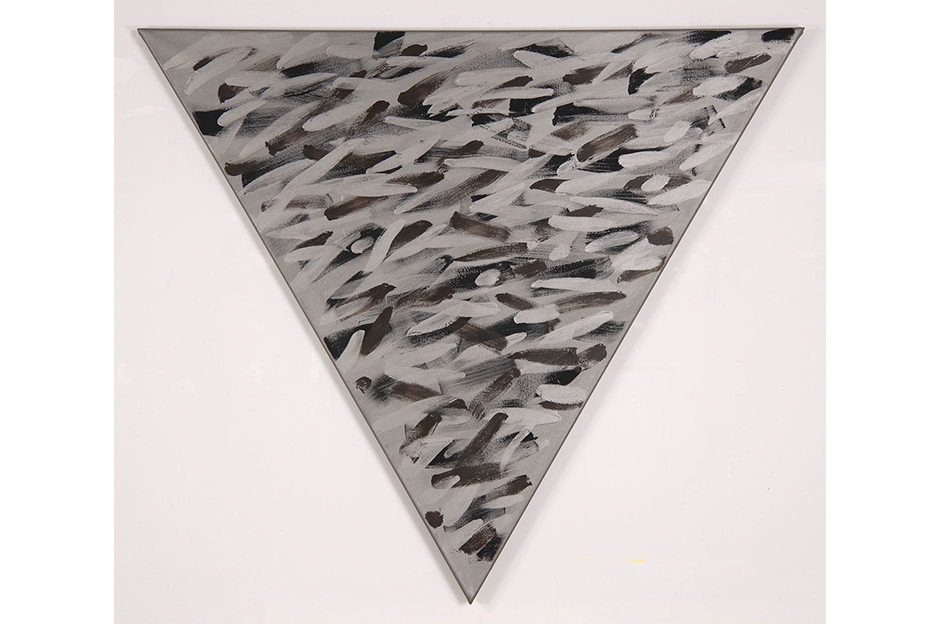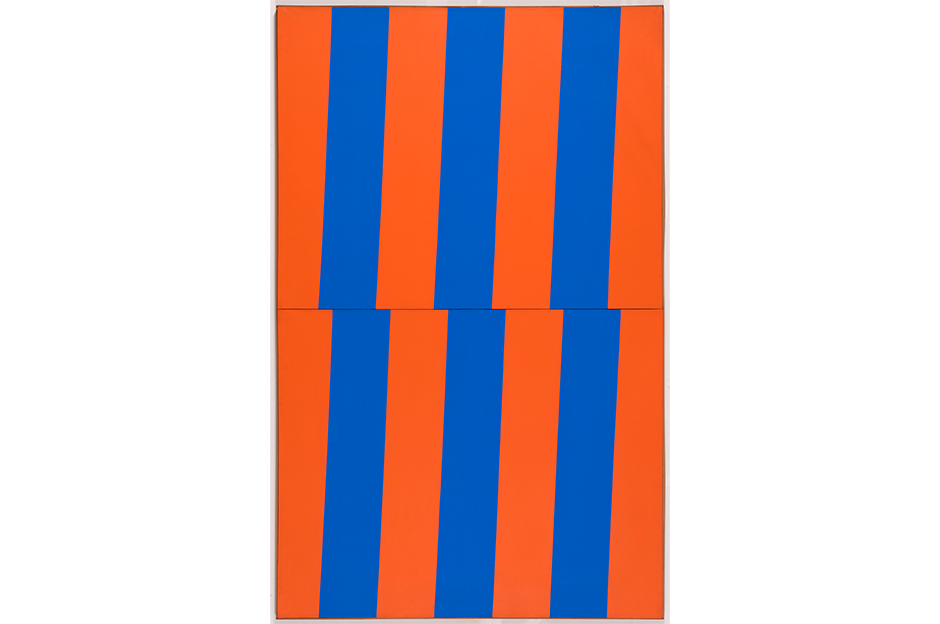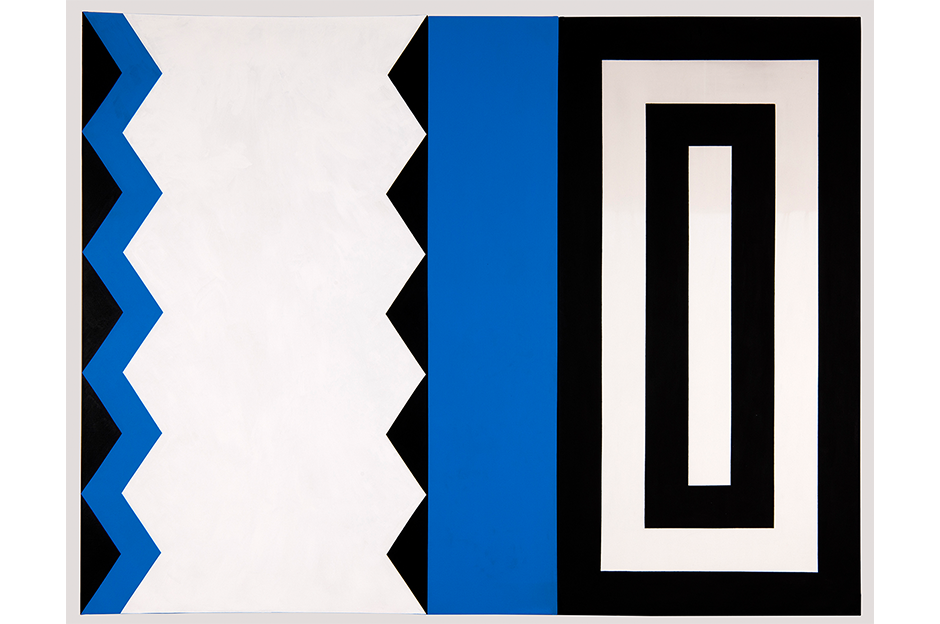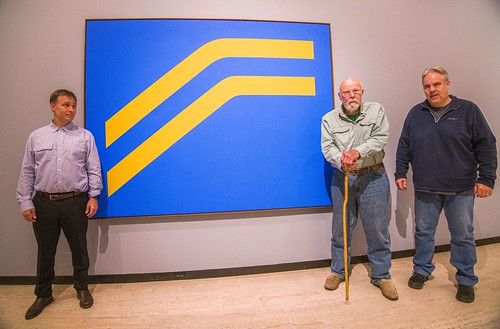I started my art career as a painter. I’ve done many things along the way, but I’ve continued to do things that might be called painting and always have thought of myself as a painter. — Robert Huot
The Museum of Art proudly presents Robert Huot Paintings, a retrospective look at an artist’s core motivation for 60 years, creating conceptually interesting and skillfully crafted paintings.
Robert Huot (born 1935) has been an artist and politically engaged citizen for much of his life. By his early 30s, he had established himself as an active player in the New York City art scene. He was a serious painter of large, minimalist canvases that were critically well-received. He exhibited regularly at commercial galleries in New York and in Europe; collaborated with his peers, including fellow artist Robert Morris and choreographer Twyla Tharp, his first wife; and was invited to participate in notable exhibitions at the Guggenheim Museum, the Museum of Modern Art, and the Whitney Museum of American Art. By all art world standards, Robert Huot was a success.
By the end of the tumultuous 1960s, Huot grew increasingly disenchanted with the art world, its commercialization, and its seeming obliviousness to volatile issues of the day, particularly the Vietnam War. As a member of the Art Workers Coalition, he actively protested the war and other injustices, but Huot describes his art and life at this moment as a disappearing act: his paintings became conceptual and ephemeral, and he moved from New York to an upstate farm in rural Chenango County. Huot stopped painting traditional, rectangular canvases but he remained a creative force, making films; producing an impressive body of work known as the Diary Paintings; performing with his band, the Chameleons; and collaborating with artist Carol Kinne, his wife, on a variety of artistic and political projects; all the while commuting weekly to teach at Hunter College.
In the 1990s, Huot entered another remarkably fruitful period of painting, working as prolifically as he had 30 years earlier. With the equilateral triangle as his matrix, Huot painted expressively about themes that have engaged him his entire life: art history, contemporary politics, and, most critically, the nature of painting itself.
Robert Huot’s story is one of living life on one’s own terms. This exhibition examines the significant body of work that he perceived to be at the heart of his métier, paintings, so that an oeuvre that has been largely unknown can now contribute to and broaden the collective understanding of post-World War II art in the United States.







